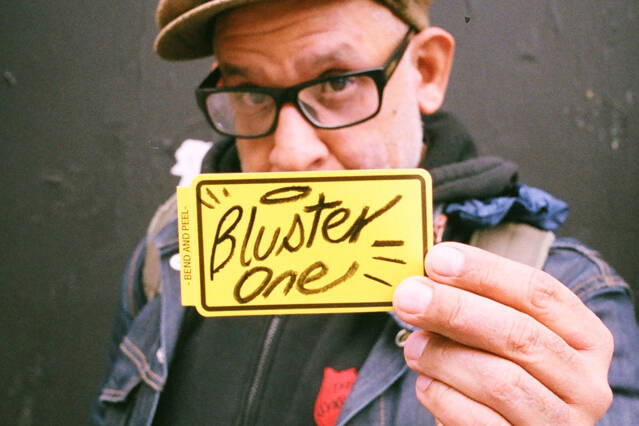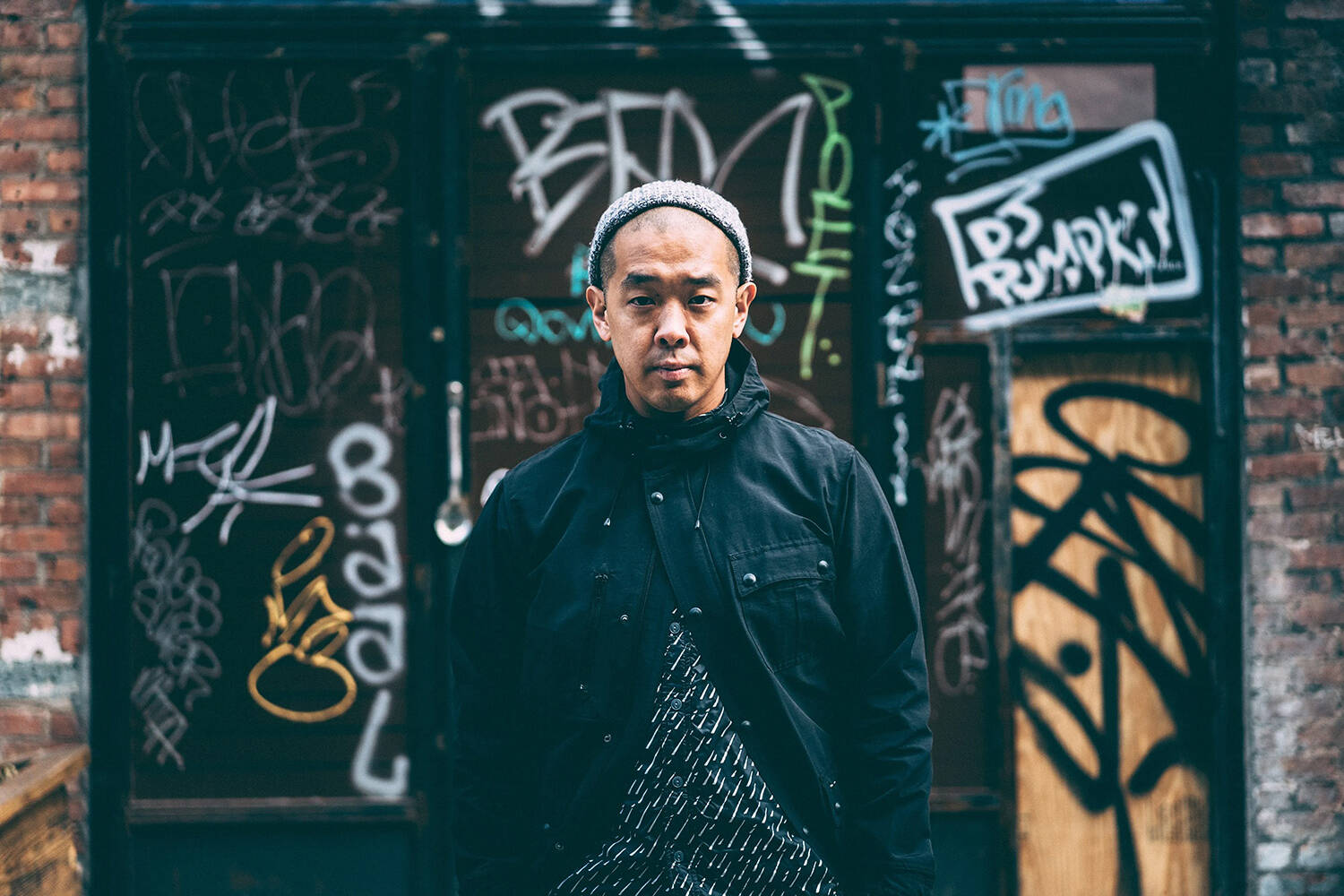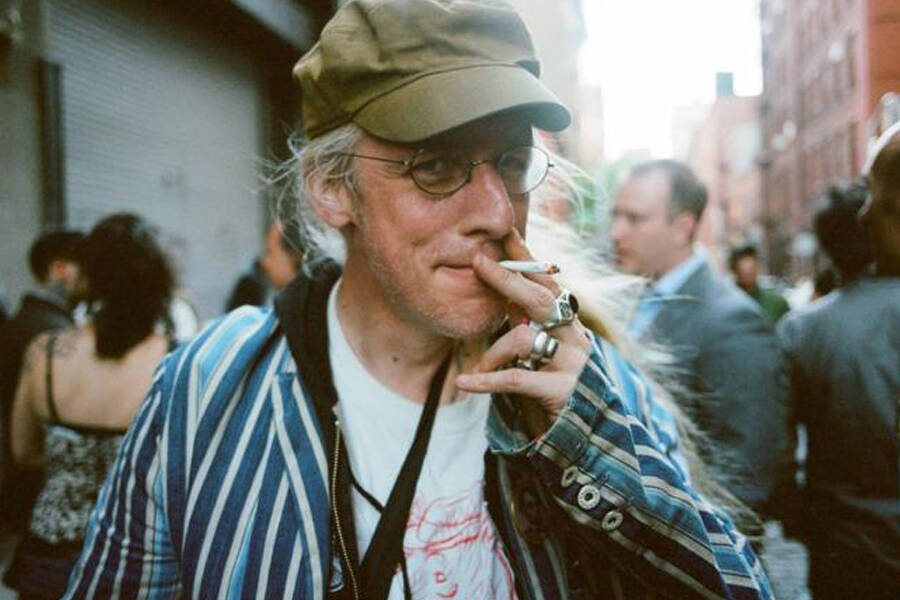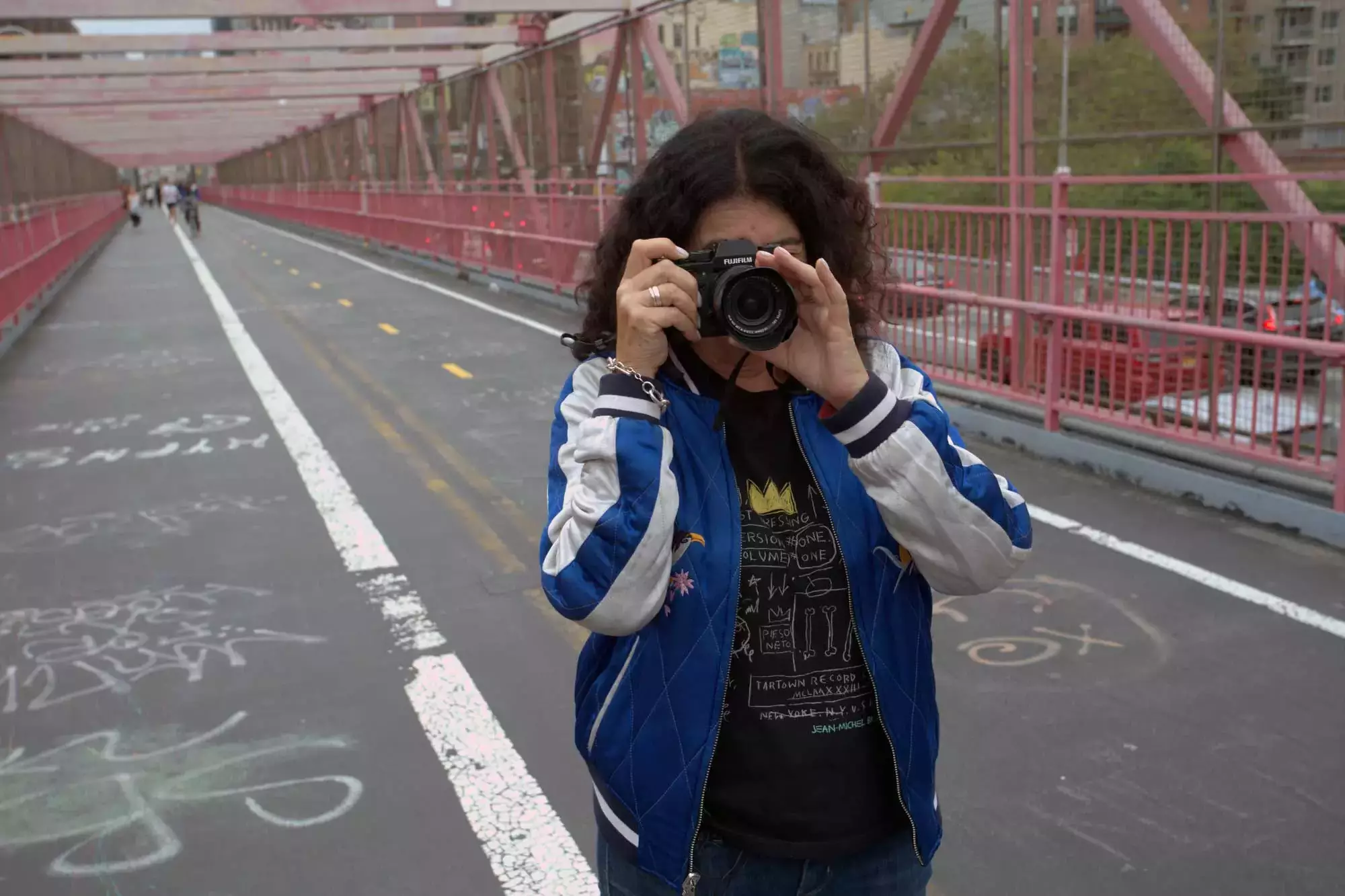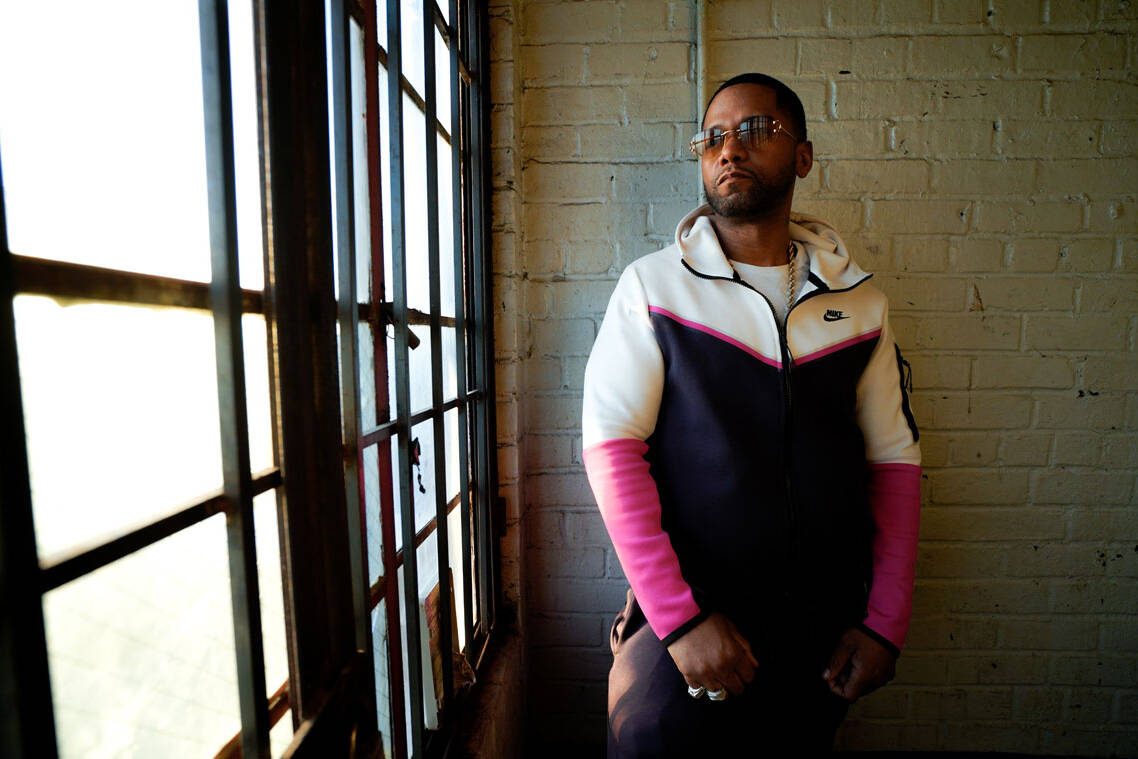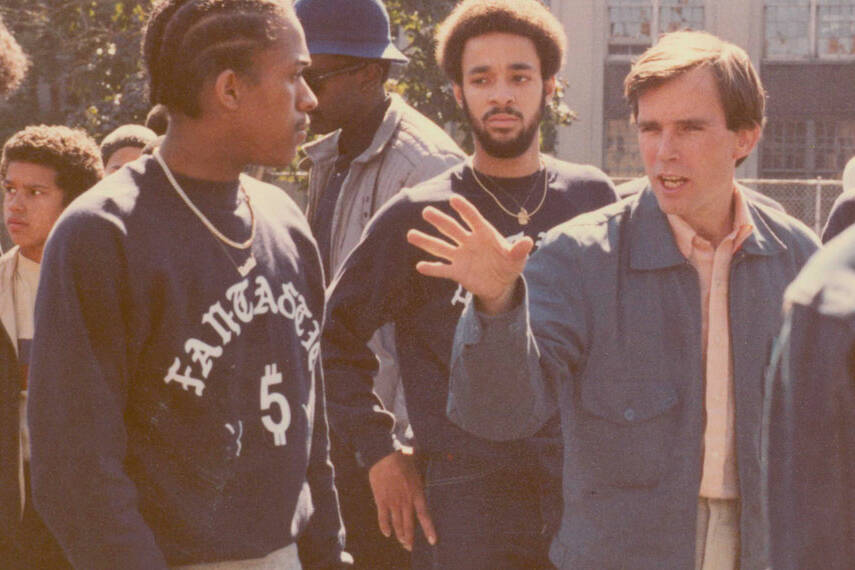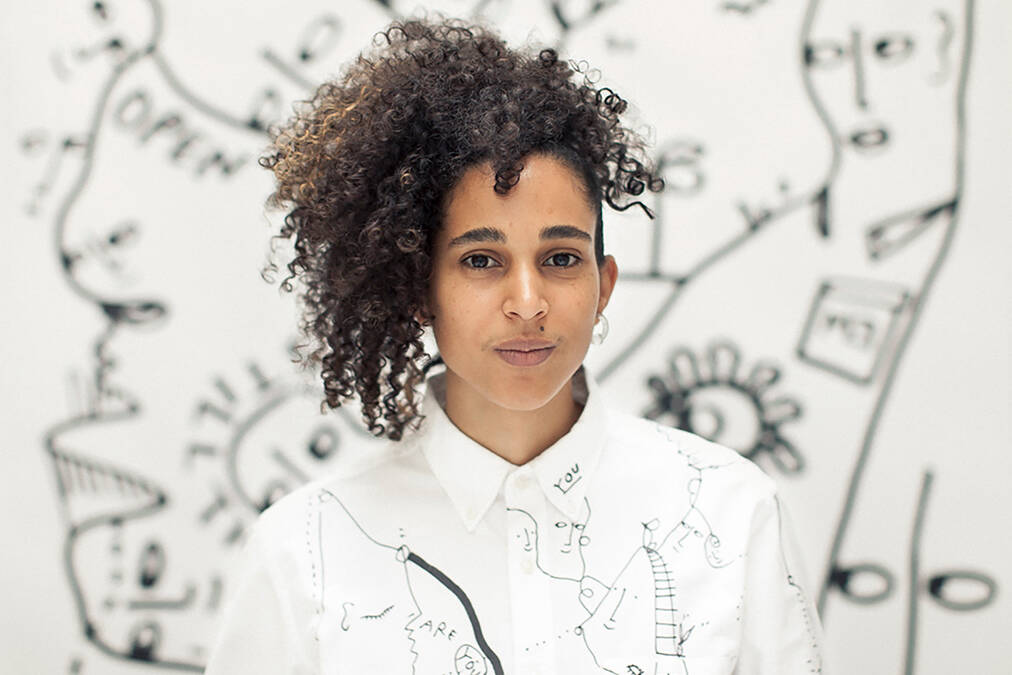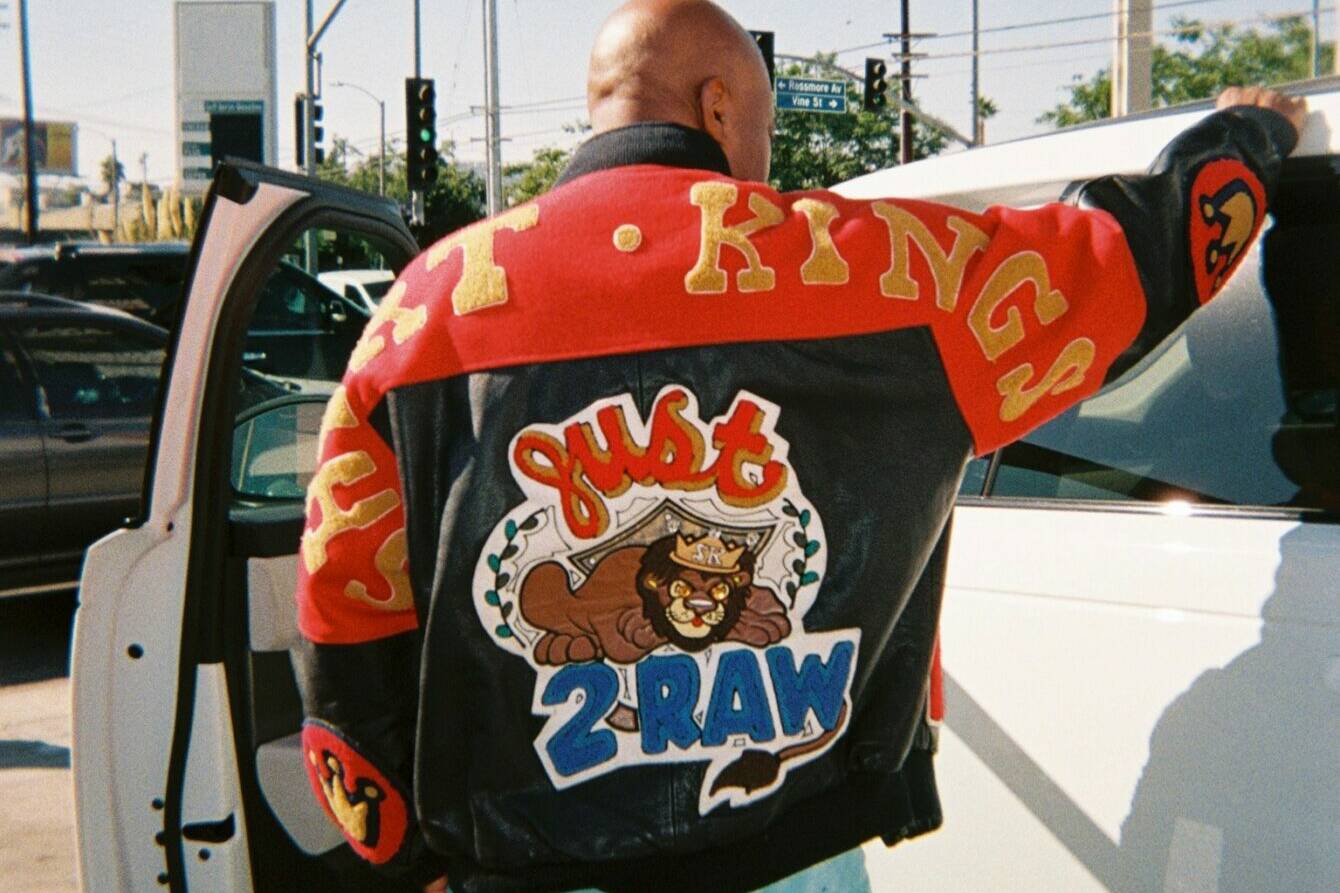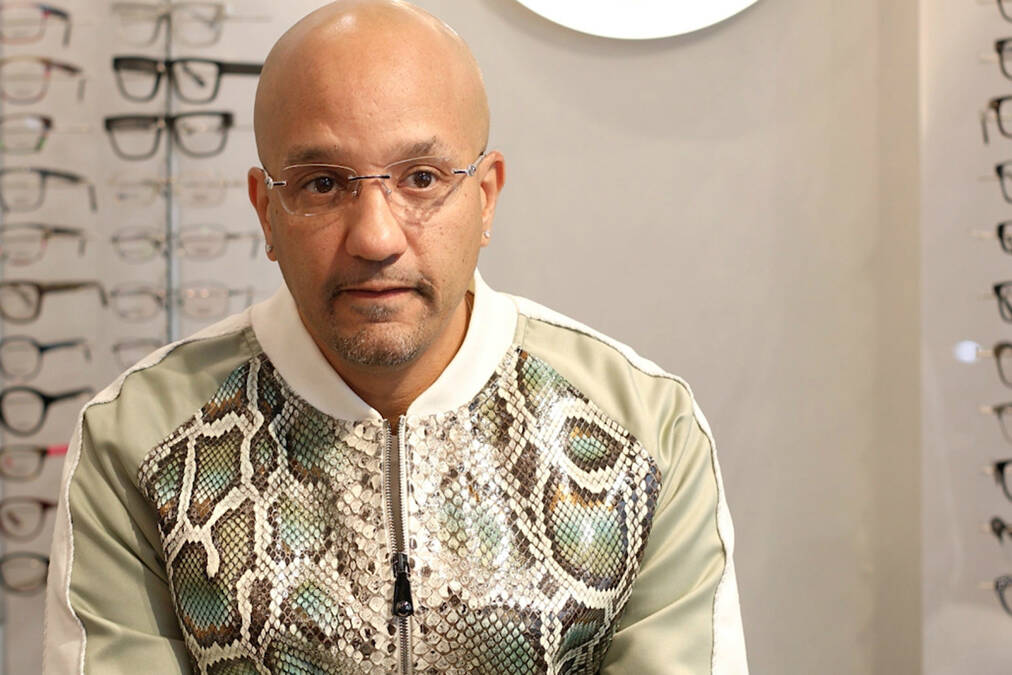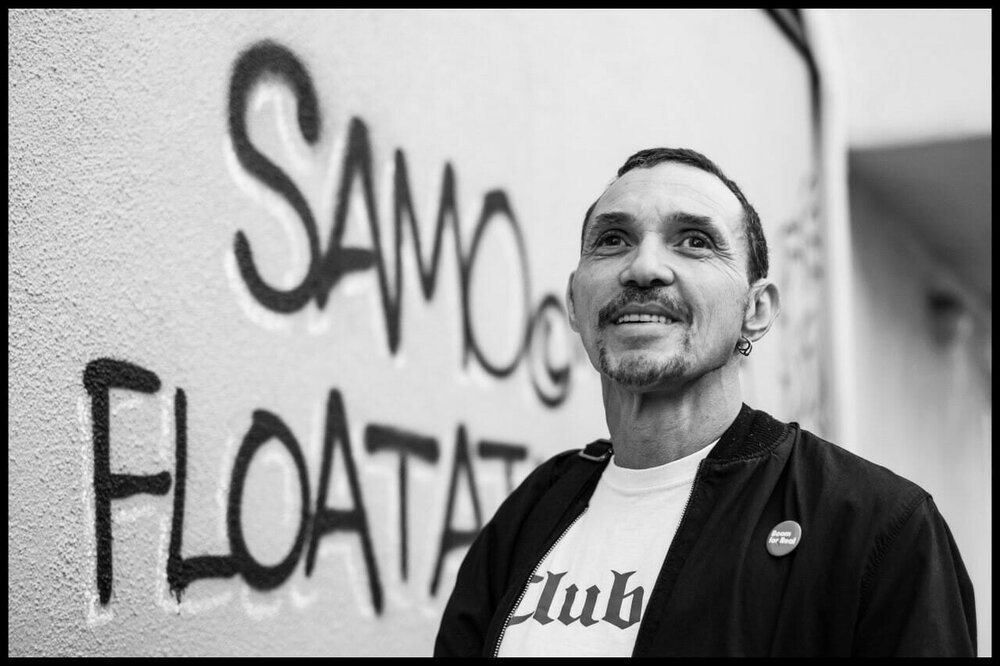
Al Diaz, Pioneering Urban Artist and Lecturer
Al Diaz has been a graffiti wordsmith since collaborating with Basquiat on their SAMO© campaign in the late 1970s. Several years ago, I started to see the campaign emerge in the subway with messages made out of MTA letters and “Wet Paint” signs. Then, I saw the riddled aerosol writings on walls throughout the city, and not long after that, I met Al.
Listen to Al Diaz tell his Story
I met Al at his studio in Brooklyn to record our conversation. Most interviews with him at the time always swerved to his time with Basquiat. I didn’t want to do that. If he brought it up, cool, but I wasn’t. My goal was to capture his story.
Al Diaz’s story isn’t just about artistic success; it’s more about his journey of self-discovery. It’s a whirlwind tour through his life, starting from the gritty realities of street culture to the bright lights of artistic prominence. But one moment, a single scene in a Tamra Davis film, stands out as a turning point. Seeing himself on screen, he realized he had something valuable to contribute to the world. It sparked a fire within him, a catalyst for change.
This conversation wasn’t just about his past, though. We took the time to kick around in the wellspring of his creativity. His passion for jazz, a complex and ever-evolving art form, resonated throughout his artistic process. It fueled his imagination, pushing him to explore the depths of his own creative potential. But art for Al wasn’t just about personal expression; it was a tool for social commentary. He uses his work to highlight societal issues, a responsibility he feels strongly about.
We also talked about how his years spent battling addiction and navigating the harsh realities of street life instilled in him a deep appreciation for the present. He’s a survivor, and his story is raw evidence of the strength of the human spirit.
The conversation also offered a glimpse into the changing landscape of the art world. Al observed a shift towards art driven by trends and monetization, a stark contrast to the substance-driven pieces of the past. It’s a fascinating perspective shaped by his involvement in street culture since the early 1970s. He’s seen graffiti evolve from a rebellious expression to a more mainstream art form, and his insights are invaluable.
Al Diaz is a living example of resilience, proof that we can adapt and overcome even the most challenging circumstances. His story reminds us that art isn’t just something we create; it can be a powerful force that shapes us, propels us forward, and helps us find our unique voice in the world.
This short reflection on my conversation with Al Diaz offers a glimpse of his story. However, for the full spectrum experience, try scrolling back up and listening to the entire conversation to unlock the complete story.



